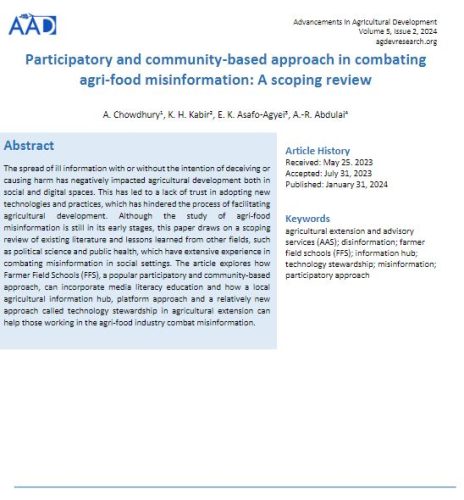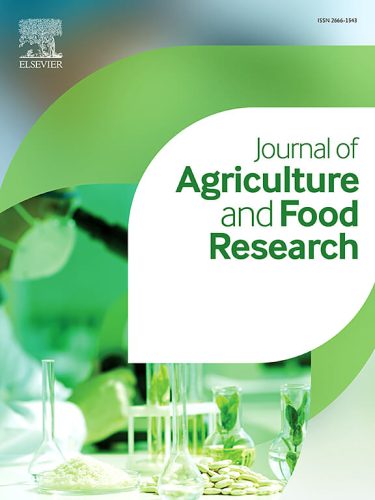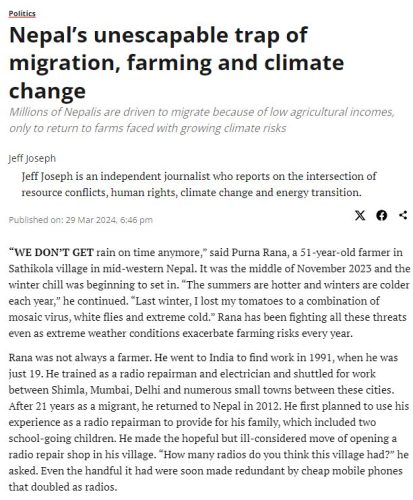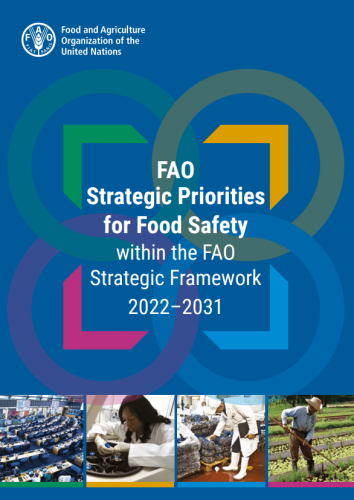
Participatory and community-based approach in combating agri-food misinformation: A Scoping Review
The spread of ill information with or without the intention of deceiving or causing harm has negatively impacted agricultural development both in social and digital spaces. This has led to a lack of trust in adopting new technologies and practices, which has hindered the process of facilitating agricultural development. Although the study of agri-food misinformation is still in its early stages, this paper draws on a scoping review of existing literature and lessons learned from other fields, such as political science and public health, which have extensive experience in combating misinformation in social settings. The article explores how Farmer Field Schools (FFS), a popular participatory and community-based approach, can incorporate media literacy education and how a local agricultural information hub, platform approach and a relatively new approach called technology stewardship in agricultural extension can help those working in the agri-food industry combat misinformation.




